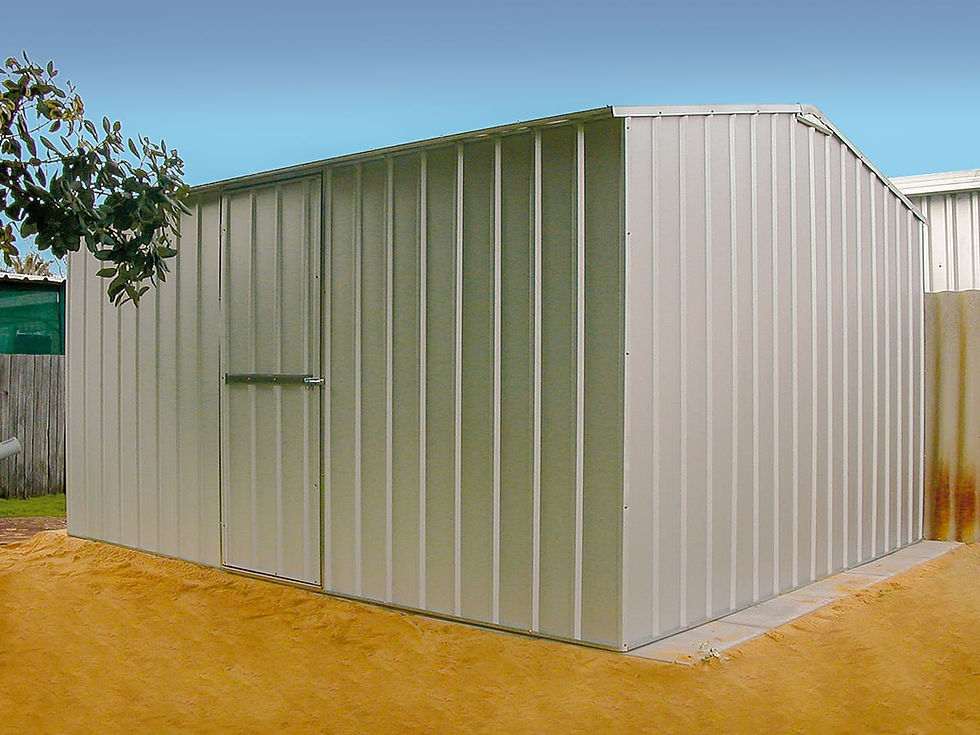What Is the Range of Plastering Supplies You May Avail?
- Kiera Peterson
- Apr 7, 2017
- 3 min read
Plaster is a sort of white powder that is made of gypsum. Plaster can be mixed with water in order to make a slurry which is then used to attain certain shapes of moulds to form objects. Plaster can also be used to make the moulds or reproduce finely finished detailed models. For the making of mould, different sorts of gypsum cements and plasters may be used in the master models, mould making and also finished forms of arts. The products originate from versatile raw material or gypsum called the ‘plaster of Paris’. You can get a range of plaster supplies from the online stores. With the plaster supplies or plasterboard, you can make new ceilings or replace the old ceiling.
There are a variety of plasters used for the making of mould, they include Ultracal and Pottery Plaster. Some of the plasters used for the casting include casting plaster, pottery plaster, hydrostone, hydrocal, FGR-95, Garden Cast. Among all kinds of plasters, pottery plaster is the high quality white plaster having the ability to absorb moisture. As it can absorb moisture, pottery plaster is used as an ideal pottery mould. It absorbs moisture from the pottery slip that is used in casting. Hence, you have semi-dry reproduced shape having sufficient thickness. This makes kiln firing easier.
There Are Various Categories of Plaster Supplies Used:
Ultracal 30: The Most Widely Used Plaster
Ultracal 30 is the type of gypsum cement which is used widely. In fact, it has a lower expansion rate. If you wish to cast polyester or epoxy resins, Ultracal 30 is the industry standard for making foam latex. Having a high strength, the polyester has almost no tendency to warp. Having a dry compressive 6000psi, the plaster has 30 minutes of set time.
The Various Kinds of Casting Plasters
If you wish to produce economical figurines, you can use the casting plasters. Here plastic moulds or rubber material is used. The casting plaster is an ideal tool for making art and craft products for children. It is used for making ‘whiteware’ used so much in plaster painting classes. Caster plaster can produce amazing surface for decorations. On the other hand, white hydrocol is a general purpose plaster product offering much better heat resistance with its dry and wet strengths. It may be used for making the pottery case mould. The neutral gypsum cement has the setting time of 25 minutes. It can cast both solid and hollow lamps figurines and lamp bases.
Steps to Making a New Plaster Ceiling
It is mainly the plasterboard which is used for ceilings. Fixing up of plasterboard and then finishing its surface for decoration is the task which needs skilled hands. Only a skilled worker can apply wet plaster flawlessly to the boarded ceiling. The task may be difficult and strenuous. You need to start by first stripping the damaged plaster and laths and removing all the nails. Trim back the wall plaster in a way that the edge of the plasterboard may be tucked in.
Measure out the area and then choose an apt size of board. The board must be fitted in a way that the long paper covered edges run at right angles to the joist. You need to fit the new boarding after sizing up the ceiling correctly.
Use water based latex as the inject adhesive. There are various hardware stores selling the adhesives. Thoroughly fill up the flush of the hole with the adhesive. Do not fill too much since that can shift the plaster.
Make sure you use only galvanized plasterboard nails for fixing the boards. Start from the middle and move to the outward region. To fit the new plaster ceiling in a perfect manner, it is important to get the right supplies.








Comments